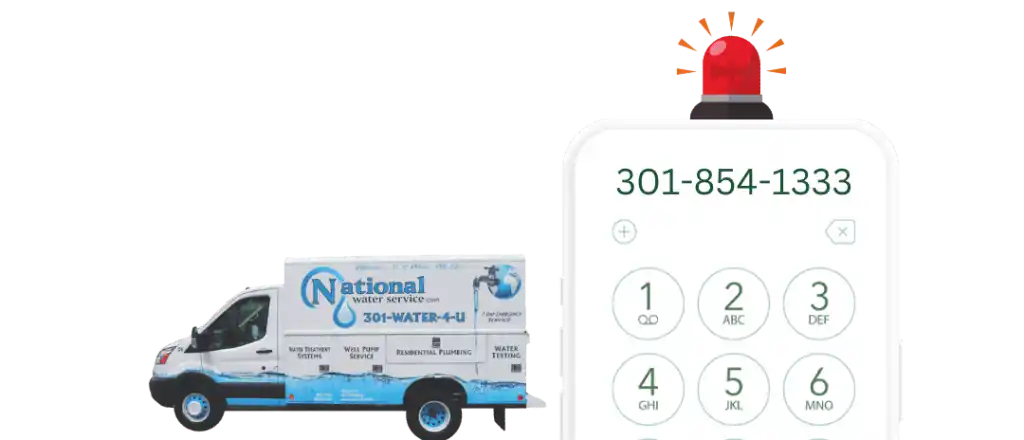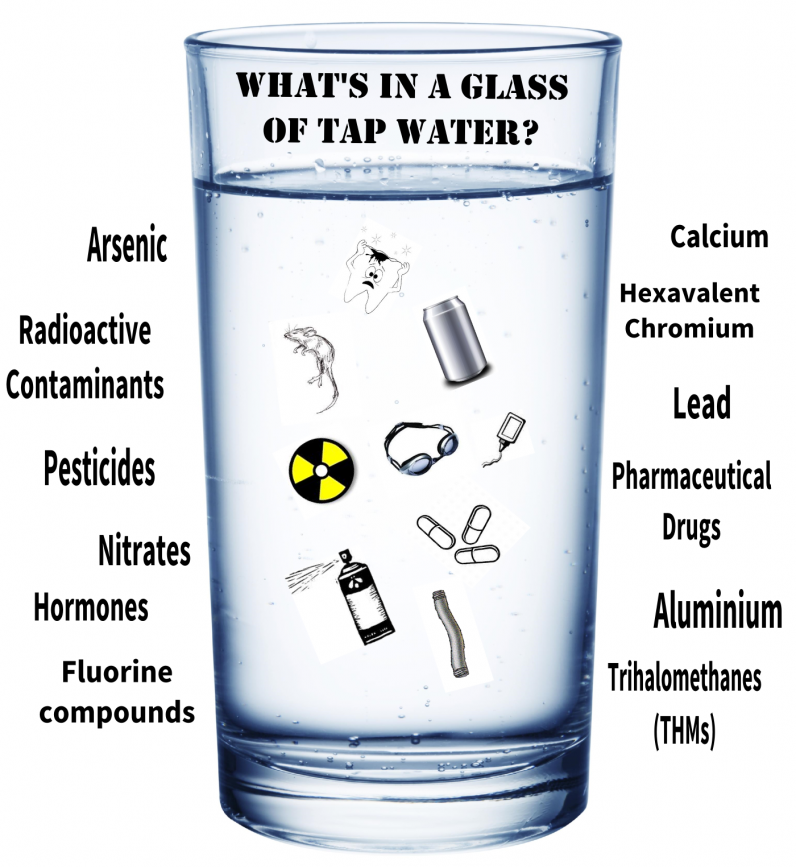 Is Your Drinking Water Safe?
Is Your Drinking Water Safe?
Since the Flint, Michigan water crisis, attention has been drawn to drinking water from treatment facilities through your tap. In Flint, high levels of lead and low levels of chlorine led to many irreparable health issues.
However, lead and unhealthy drinking water are not isolated to just Flint; a recent study by Science magazine shows that in any given year almost 45 million Americans drink water that does not meet the standard of the “Safe Water Act”.
In this guide, we will break down how to find out if your drinking water is safe to drink, how to improve and make your drinking water better for you and give you alternatives to ensure you do not have long term health issues from your drinking water.
The first step to ensuring your safety when drinking water from the faucet is to find out what contaminants might be in your water.
The United States is rated as one of the safest countries when it comes to drinking water, so your quest for safe water might end at this step, but you might also be shocked to find out what is in your drinking water.
STEPS TO CHECK YOUR WATER
STEP 1- TALK WITH YOUR WATER COMPANY
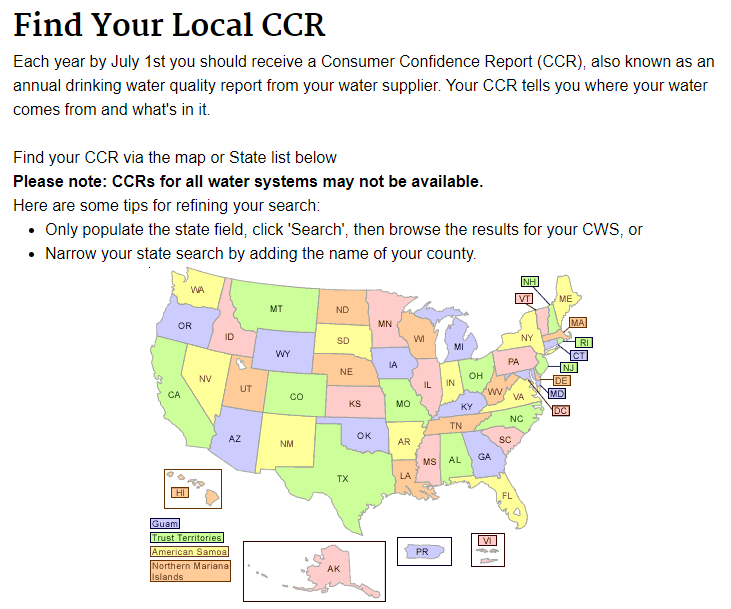
Request a “Consumer Confidence Report” from your water company. Every water agency in the United States is required by the EPA to provide you access to an annual report.
This report will detail any contaminants that may be in your water and provides you with the health risks of those contaminants.
Every water company also has to provide you with the annual report by July 1st and it normally comes on your bill. If you missed it, most companies will provide you with a PDF version of the report.
There is also a detailed map from the EPA here if you know your water company’s name.
Step 2- Do Your Research
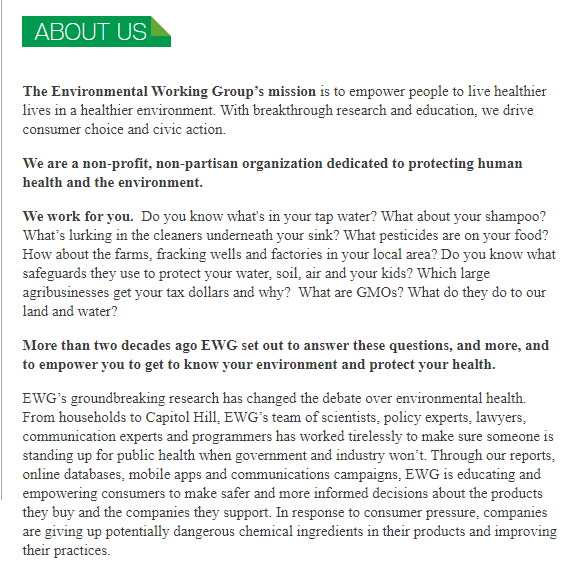
It is time to dig deeper and determine the threat they are to you and your health. There are many resources that list minimum levels for safety.
An example would be chromium-6 levels. Chromium-6 might ring a bell for anyone who has watched Erin Brockovich, yes, that is the same chemical. Most resources state that the goal for safe drinking water is to keep c-6 at 0.02 parts per billion (ppb).
A great resource from the EWG (Environmental Working Group) is a map of c-6 parts ppb. Just enter your zip code and the EWG will show any and all testing done in your area.
We did ours for the Baltimore area and were a bit surprised by the higher amounts of Chromium-6 found in testing for the area.
STEP 3- KNOW WHEN TO TEST YOUR WATER
If you have worked with your water company and done your research and still feel unsure, or you just want to know for sure, then you can always do a home testing kit or request a testing company to come to your house.
You have to remember as well that just because your water company’s samples are clean does not mean that your pipes and delivery system are not contaminating your water. Here are four signs that your water should be tested:
1. Your Water Has Any Color to It. Your water should be 100% clear. Even the slightest hint of color means you should get your water tested. Colors that are most commonly found in water are brown, orange, and blue but if you find any other colors get it tested.
2. If Your Water is Cloudy. Back to our original statement, your water should be 100% clear. Cloudy water means that there are minerals and other particles in your water. Be sure that the container that your water is in is clean and was clean before you put your water in it. If you know your glass was clean and the water is still cloudy it is time to have your water tested.
3. Your Water Contains a Smell. Yes, water can have a slightly different smell or taste from city to city but for the most part, your water should be odorless. Smells that should concern you is if the water smells like chlorine or like rotten eggs. Chlorine smells can indicate high levels of chlorine that are bad for your health while a rotten or egg smell can mean your water is high with sulfur or lead. While chlorine and sulfur are both used in most treatment plants they should be in such small amounts that you can never smell them in your drinking water.
4. Your Pipers are Old or Rusting. You should take a good look at your piping both below your house and any piping that is showing in your house. It doesn’t matter how pure the water is the water company is providing to you if it has to go through rusted, lead piping. As soon as your pipes become deteriorated they start leaking chemicals into your water and allow outside contaminants into your water.
The EPA also lists these reasons to have your water tested:
1. You are Having a Baby. Nitrate in the early months of pregnancy and during the first six months of a baby’s life can be harmful. The EPA recommends testing your water for nitrate during the spring or summer following a rainy period.
2. There was a Chemical Spill or Leak in the Area. This one is an obvious one but the EPA does recommend testing your water if it could be contaminated by chemicals from the spill.
3. General Testing. Lastly, the EPA recommends general testing of your water annual to ensure quality and safety.
You know you should test your water because of a number of reasons but how do you test your water?
STEP 4- TESTING YOUR WATER
There are two general ways you can test your water, with a home testing kit or hiring a company to test your water. We will talk about the pros and cons of both so that you can decide which way is best for you to have your water tested.
DIY Home Kits
DIY home kits are becoming more and more popular. DIY kits are made up of testing materials, mostly commonly strips that test for multiple chemicals in your water. The brand and your kit will determine what you can test for and how accurate the test is.
There are many resources out there that go into detail about testing the kits, give recommendations on the best kits, and explain what the kit will test for. One of our favorite guides can be found here.
We will just generalize from here on about the kits to give you a good idea but we strongly suggest if you do decide on a DIY kit you check out a resource that has taken the time to review and provide feedback on the tests.
Testing kits are affordable and if you have a specific concern like chlorine, nitrates, or other contaminants you have the ability to buy kits specifically to test your concerns. Most DIY kits have a lifespan of 90 days but there are some kits that last over a year and you can test your water multiple times throughout the year.
The drawback to kits is that they are not as accurate as a professional company testing your water. There can be many variances in your testing that can make the results less accurate. The other issue with testing kits is that most kits come with 6-10 tests but once opened only have a 90-day shelf life. There is no real reason to test your water 10 times in 3 months so unless you team up with family or friends the testing kits will be wasted.
The other drawback to testing kits is that they only can test for specific mineral levels and even the more thorough tests test for 14 different contaminants.
Testing kits are a great generalization of your water’s overall safety. They are affordable, easy to administer, and better testing kits are fairly accurate. That said, for more accurate results you might want to hire a company.
Professional Company Water Testing
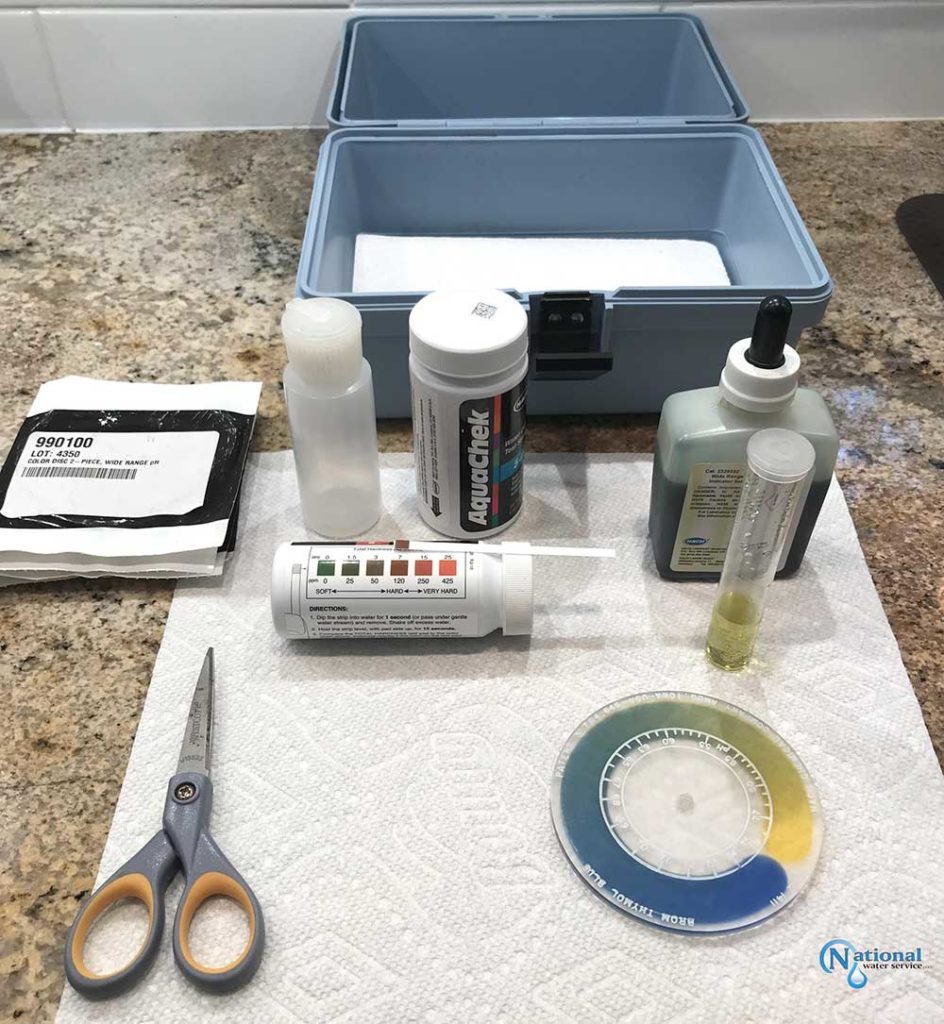
National Water Service services many counties across both Maryland and Virginia, including quality water testing. If you’re in Frederick County, Howard County, or Montgomery County in Maryland, we are here for you, including surrounding areas like Baltimore, Anne Arundel, Prince George’s County, and Carroll County. Our main office is located in Highland, MD or you can swing by our store in Darnestown, MD.
If you live in Virginia, we service Loudoun County, Fairfax, and Prince William’s County areas. Give us a call to see if we are in your area, and let us begin testing your water today.
The Water Quality Association also has an online tool that will locate qualified testing companies in your area for you. You find the search tool here. The companies listed with the WQA all have required training and experienced so you know you will get a quality testing company.
Having a company test your water gives you a comprehensive breakdown of your water. Testing companies, like ours, will also inform you of dangerous levels and tell you what health risks are associated with those quantities. Testing through a company is more expensive than DIY test kits but you will get thorough and accurate results that you know you can trust.
Improving Your Water Quality
You should have a good idea now about your drinking water. So what can you do to help improve your water quality? We break down some simple steps that go a long way in helping.
DISCLAIMER- If your test showed dangerous levels of any containment then you need to stop drinking water from the faucet and pay for drinking water from another company. Until you have tested your faucet or well water again and determine the levels are safe these tips will not be enough.
Tip 1: Cold Water
Do not use hot water to drink or cook with. Hot water is quicker to dissolve contaminants in your piping and is more likely to have metals and bacteria that build up in your hot water heater.
Tip 2: Drain Your Water Heater
Like we just talked about above your water heater likely will build up sediment, bacteria, and metals and needs to be flushed out to ensure the quality of your water.
Tip 3: Flush Your Water First
There will be some people who call this a waste of water but drinking water quality is so important it is worth flushing before drinking. Water experts agree that running water for two minutes before using the water for drinking is the best way to improve water quality solutions. The first two minutes of your water running will be water that was sitting in your pipes. The longer water sits in the pipes, the more likely it is to be less clean and contain more harmful materials.
Tip 4: Use Water Filters
Water filters help clean out metals and other materials out of water that might still be in your water. Make sure you are replacing your filters as per manufacturer’s instructions as a dirty filter can have the opposite effect on your water.
Tip 5: Pay for A Water Delivery Service
The easiest way to ensure quality drinking water is to pay for drinking water to come to your house. You can find reputable companies in your area that will provide you with drinking water normally in plastic gallon jugs. They will reuse the jugs and provide delivery and drop off services. Drinking from jug dispenser skips the pipes and other possible contaminants in your house and the plastic jugs are designed to keep the water pure.
Know Your Water for Ultimate Tap Water Safety
The quality of your drinking water is very important.
Considering that you drink from your water supply every day it has one of the biggest health impacts in your life. The Flint, Michigan water crisis highlighted how dangerous dirty water can be and we are just now seeing the long term effects.
It is important to always look for the signs that your water might be contaminated. If you have any doubts it is always best to have your water tested.
Keeping your water of the highest quality is just as important so make sure you follow our tips to keep your water as clean as possible.
We hope this guide helps you stay safe with your drinking water.
If you have any questions or comments feel free to leave a comment below. If you feel like we missed anything we also want to hear from you, let us know what can make this guide better in the comment section.




